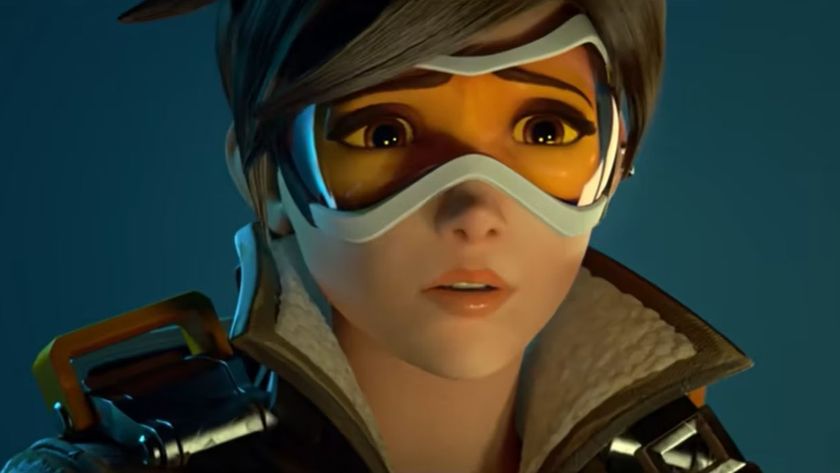How the Triforce became gaming's most famous object
When it comes to fantasy-based videogames, it’s remarkable how often the cosmic balance hangs not on complex environmental and geopolitical forces in conflict – though these may be present as window dressing – but on the fate of one magical MacGuffin. It could be an orb, a gem or an ancient sword. It doesn’t really matter as long as it will somehow resolve the outwardly apocalyptic situation in which the hero suddenly finds themselves playing a central role.
It’s a curious convention to have your deus ex machina sitting in plain view from the start of the story, but it’s easy to understand why this appeals to both designers and players. It takes a lot more work and imagination to elaborate a credible global threat than it does to designate a random sparkly item as the ill-defined linchpin of the universe and then gravely imperil it. And it’s a keen escapist pleasure to quit our real world of unsolvable ambient menace for a virtual one of clearer allegiances and direr perils, secure in the knowledge that finding the sacred doodad will set everything right until the sequel.
The Final Fantasy series is this device’s most diligent abuser, taking it to an almost nihilistic extent, as though the whole human saga might just deserve to nonsensically topple down like a game of Jenga upon the removal of some magic crystal. Though often cloaked in allegories of nature or morality, this little clod of matter holding everything up feels like a secular version of God. It’s the ineffable quantity that fills the gaps in rationality, defines right and wrong, and glosses over everything that doesn’t make sense. If not God, it’s at least the Higgs boson of game cosmology.
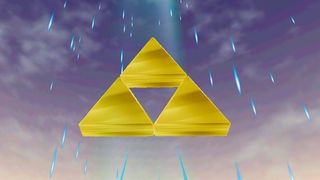
Of all the world-saving baubles scattered about, the most visually iconic and symbolically potent one was forged not as a representation of a weapon or mineral, but as a pure geometric shape — a triangle. When we saw it first, it was yellow, except when lifted into the air, which would cause it to flash blue as if catching the light. Was it flat, or were we seeing one plane of a form that had depth? Was it made of metal, or solidified energy? Was it heavy? In The Legend Of Zelda, it was simply a “golden triangle possessing mystical powers”, and it was the only thing that could save Hyrule. We had to have it. We seek it still.
Even if you’ve been playing the first game for 25 years, you might be shaky on the specifics of its sparse mythology, which are gleaned more from the instruction manual than the game itself. In short, ‘Prince Of Darkness’ Ganon steals the Triforce Of Power. To prevent him from acquiring its counterpart, the Triforce Of Wisdom, Princess Zelda breaks it into eight smaller triangles and hides them in dungeons. Link must find the pieces and rebuild the Triforce Of Wisdom to challenge Ganon and reclaim the Triforce Of Power.
No hint is given that these two mystic triangles have any defined origins, properties or powers — they are almost completely symbols in a morality play. Evil seeks power, which should only be wielded by good in concert with wisdom. Furthermore, evil seeks imbalance, while good defends order. With this idea of the world as an equilibrium of opposing abstract forces set in place, it was only natural to add the Triforce Of Courage in The Adventure Of Link, rounding out the concept of the trinity to a fuller degree.
The result had an elegant profile: three identical triangles stacked in a pyramid with another inverted one implied in the centre, and it has stayed that way to this day. Someone knew better than to keep adding Triforces until we had to go questing for the Triforce Of Punctuality. Still, in subsequent games, the construct’s simplicity started to sink under leaden interpretations. In A Link To The Past, it was revealed that each piece was a divine manifestation of a different goddess, and the Triforce could also grant wishes.
Sign up to the 12DOVE Newsletter
Weekly digests, tales from the communities you love, and more
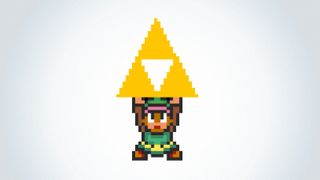
By Ocarina Of Time, the Triforce sounded like something Chris Claremont could have cooked up in his laborious late-’80s X-Men comics, with convenient magical mechanics over-explained until they seemed both fussy and vague. We learned that simply being touched by someone with an unbalanced heart causes the Triforce to shatter, with the lopsided person keeping the piece he craves most, while the other two hide themselves in more stable hearts. Or something.
The Triforce regained some of its original mythic force in later games, where it appears incidentally, perhaps just shown in an emblem above a gate, like a relic from another age. The focus returns to the essential form of the triangle, an ancient device of maths and magic that makes balance visible. It’s the closed shape you can draw with the fewest straight lines. When it’s equilateral, its external angles add up to 360 degrees, an inside-out circle. As a world-saving device, it courts an easy Christian reading, too: salvation through a trinity that is also one.
But the triangle also contains all of the other trinities through which we filter the world. Human, beast and earth. White, black and gray. Yes, no and maybe. Birth, life and death. Maiden, mother and crone. Father, mother and child. Mind, body and soul. Three primary colours. Three chances. Three Fates. We can intuit all of this in the shape itself, unadorned with the game’s fiction. And it’s still a thrill to see Link raise it above his head in triumph – a glowing three-sided mystery, inscrutable yet brimming with meaning.
Read more from Edge here. Or take advantage of our subscription offers for print and digital editions.
Edge magazine was launched in 1993 with a mission to dig deep into the inner workings of the international videogame industry, quickly building a reputation for next-level analysis, features, interviews and reviews that holds fast nearly 30 years on.
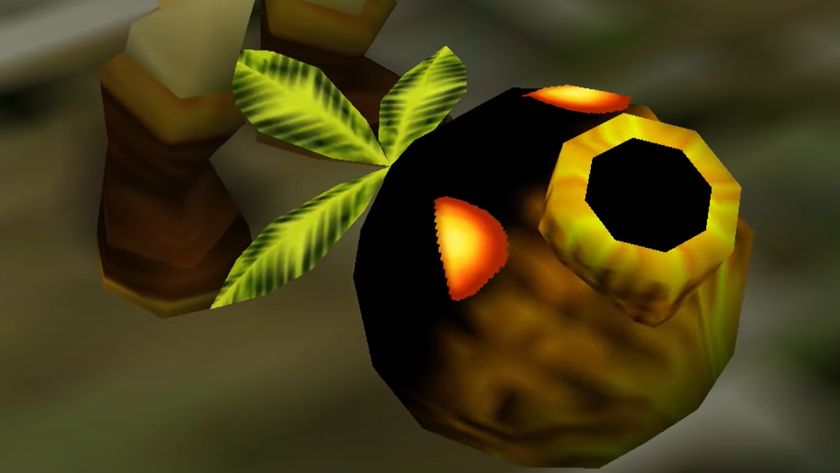
After a year of trying, Zelda: Majora's Mask streamer becomes world's first to pull off randomized no-hit run where even blocking causes a game-ending Mooncrash
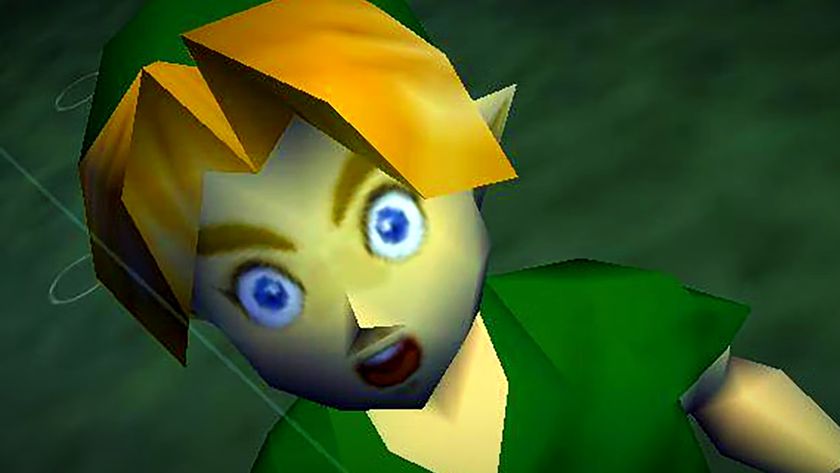
"I can't go through [with] this": The weirdest Zelda ad didn't get Nintendo's approval, but it probably happened anyway because the marketing execs were already on-site

